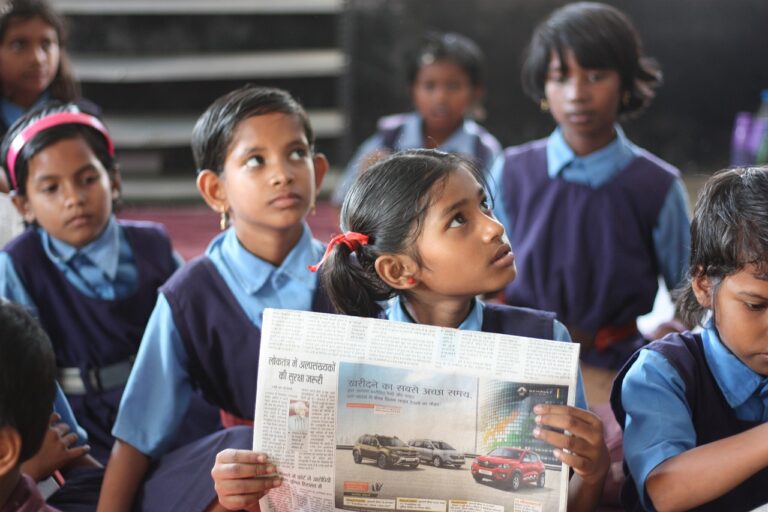Examining the Role of Educational Policies in Closing Achievement Gaps
Research has shown that several key factors play a significant role in influencing achievement gaps among students. One of the primary factors is the quality of education provided in different schools. Disparities in resources, teaching quality, and access to educational opportunities often contribute to variations in academic performance.
In addition, societal influences such as racial and economic disparities also play a crucial role in perpetuating achievement gaps. Students from marginalized communities often face challenges such as lack of access to educational resources, discrimination, and poverty, which can hinder their academic success. Addressing these systemic issues is essential in closing the achievement gap and promoting academic equity among all students.
Historical Context of Educational Policies
Over the course of history, educational policies have been shaped by various societal beliefs, values, and power dynamics. In early educational systems, access to schooling was often limited to privileged individuals, reinforcing social hierarchies and perpetuating inequalities. As societies evolved and democracy began to take root, there was an increasing push for more inclusive and equitable educational opportunities for all individuals, regardless of their background. This shift in mindset led to the development of policies aimed at expanding access to education and reducing disparities based on factors such as socioeconomic status, race, and gender.
The implementation of various educational policies has not always been smooth, and progress has been marred by challenges and setbacks. Throughout history, there have been instances where policies have unintentionally perpetuated inequalities or marginalized certain groups within the education system. Discriminatory practices, segregation, and unequal funding have all played a role in widening achievement gaps and perpetuating educational disparities. As we continue to navigate the complexities of educational policymaking, it is crucial to reflect on the historical context that has shaped our current systems and to strive for more inclusive and equitable policies moving forward.
Impact of Socioeconomic Status on Educational Disparities
When examining the impact of socioeconomic status on educational disparities, it becomes evident that a student’s family income and background play a significant role in shaping their academic success. Research consistently shows that children from low-income families often face numerous challenges in accessing quality education and resources compared to their more affluent peers. Factors such as inadequate access to educational materials, limited support systems, and higher rates of mobility can create barriers that hinder academic achievement and perpetuate the achievement gap.
Moreover, socioeconomic status can influence the level of parental involvement in a child’s education, with parents from higher socioeconomic backgrounds often being more actively engaged in their children’s learning. This disparity in parental involvement can have a profound impact on a student’s academic performance and overall educational outcomes. Additionally, the financial stability of a student’s family can impact access to extracurricular activities, tutoring services, and other educational opportunities that can enhance learning and contribute to academic success.





